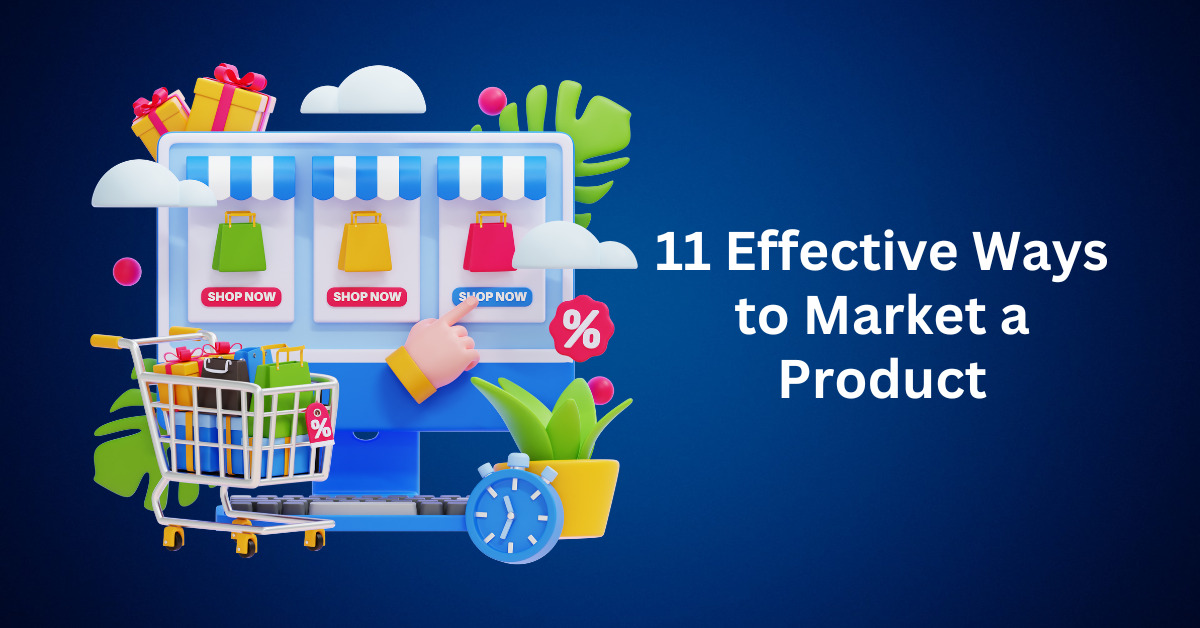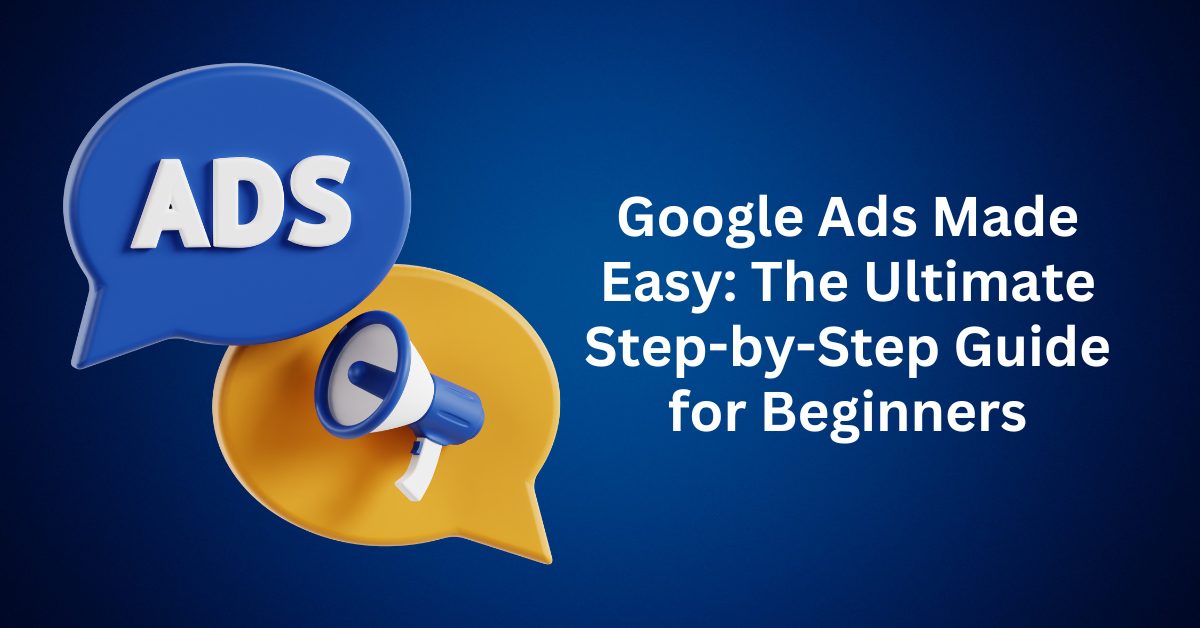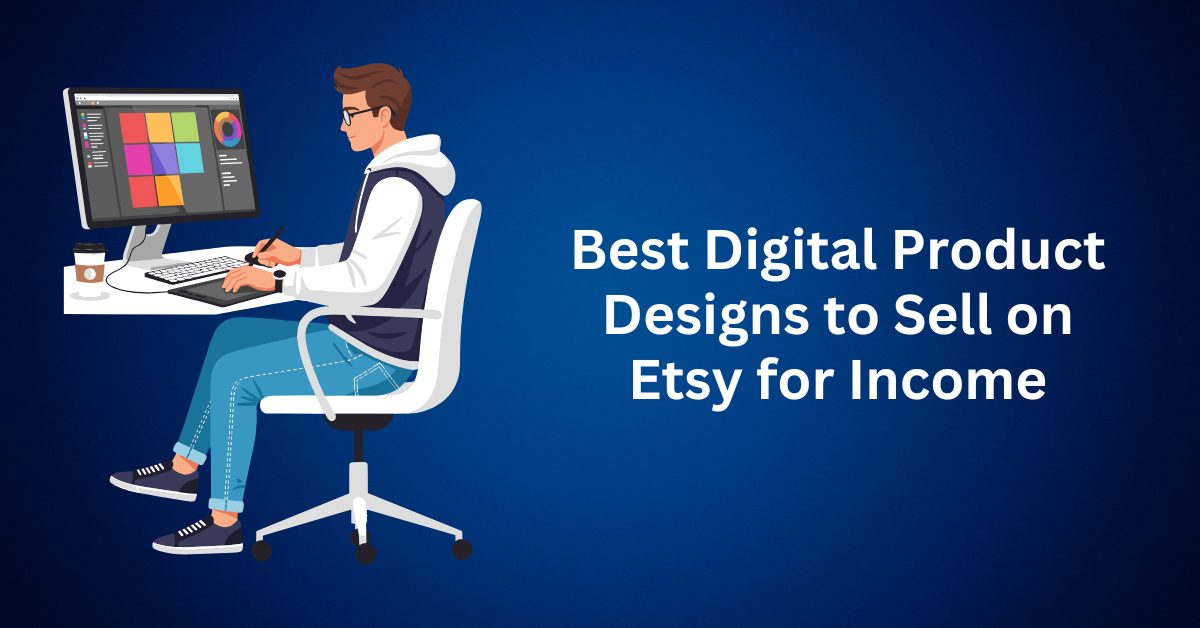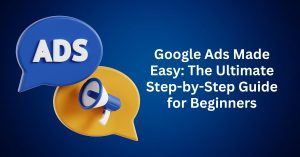Launching a clothing brand isn’t just about creating remarkable products and setting up shop—it’s also about effectively marketing your offerings. As Simon Sinek, the renowned author and speaker, wisely noted, “the hardest part is starting.” Now that you’ve overcome that hurdle, it’s crucial to channel your energy into marketing your product. This is important to your brand’s success.
To guide you through this pivotal phase, I’ll delve into various strategies for online advertising and crafting a robust product marketing plan. Whether you’re new to marketing or seeking to refine your approach, these insights will equip you with actionable steps to elevate your brand visibility and drive sales.
Stay tuned as we explore these strategies in detail. And for your convenience, there’s a downloadable checklist at the end of this article, designed to streamline your product promotion efforts.
Let’s dive in and embark on this exhilarating marketing journey together!
Start Your Print-on-Demand Business Today
Table of Contents
ToggleHow to Craft Your Product Marketing Strategy to Market Your Product

What is a Product Marketing Strategy?
A product marketing strategy is your game plan for turning potential customers into loyal buyers. While there’s no one-size-fits-all definition, it boils down to understanding how to reach your target market and make them choose your product.
Whether you prefer a vibrant, visual roadmap or a straightforward list, your strategy should cover these essentials:
- Who are you selling to
- How will you promote the product
- What are your goals?
Planning is crucial for any successful venture, especially your business. A well-documented strategy is your secret weapon to:
- Promote your products effectively
- Achieve your goals faster
- Communicate your vision to your team, collaborators, and customers
Ditch the go-with-the-flow mindset and embrace the power of planning your way to success. Ready to get started? Let’s dive into the essential steps to create a winning strategy to market your product.
Market and Competitor Research
To effectively market a product, it is essential to thoroughly research your specific market and analyze your potential customers. This research provides a solid foundation for making informed decisions based on the existing market landscape and offers insights into how to effectively compete with other brands. Understanding your market and customers helps in identifying the best strategies for promotion and positioning your product.
Define Your Target Audience
Defining your target audience is a fundamental component of any successful product marketing strategy. While every business owner aims to reach as many people as possible, the reality is that no single product can satisfy everyone’s needs. Therefore, it is crucial to focus your advertising efforts on those who are most likely to be interested in purchasing your product and spreading the word about your brand.
The initial step in defining your target audience involves creating a comprehensive profile of your ideal customer. For instance, if your product is athleisure, consider who would typically wear it by examining various factors such as identity, age group, income level, location, personal style, and hobbies.
Next, it is important to understand the specific problems your potential customers might face and how your product can address these issues. This information can be gathered by reviewing feedback on competitors’ popular products, analyzing general market reports, or conducting interviews with individuals who match your target customer profile. This thorough understanding of your audience’s needs and preferences will guide your marketing strategies and product development.
Analyze Your Competitors’ Work
Another vital aspect of market research is analyzing your competitors. By studying what works for them and what does not, you can gain valuable insights to inform your strategies. Explore their websites and social media profiles to see how they engage with their audience and what tactics they employ.
However, it is crucial to draw a line between inspiration and imitation. Directly copying competitors’ ideas is not only unethical but also illegal. Instead, use their successful strategies as a springboard for your unique ideas. For example, if a brand like Nike inspires you, do not replicate their style and campaigns. Rather, observe what elements make their marketing effective and think creatively about how you can incorporate similar concepts into your brand’s unique voice and vision.
Specify Your Products’ Strengths
Identifying and highlighting the unique strengths of your product is essential for standing out in a competitive market. Your product’s strengths should be the focal point of your promotional efforts, clearly communicating to potential buyers why they should choose your product over others.
For example, if your product is made from recycled materials or possesses a unique feature not found in similar products, these attributes should be prominently highlighted in your product names, descriptions, and advertisements. By emphasizing what makes your product special, you create a compelling reason for customers to prefer your brand, thus enhancing your market position and driving sales.
Determining promotional channels
After you’ve researched the market, drawn inspiration from other brands, and defined your target audience, it’s time to determine the best platforms and channels for promoting your product. This step is crucial because selecting the right promotional channels can significantly impact the success of your marketing campaign.
Choose Your Promotional Channels
There are numerous promotional channels available, each with its unique advantages and audience reach. These channels can include social media platforms, email marketing, search engine advertising, content marketing, influencer partnerships, and traditional media like television and print. However, you don’t need to utilize every available channel to create a successful marketing campaign. Instead, focus on the ones that align best with your product and target audience.
The comprehensive market research you conducted earlier will guide you in identifying the most effective channels. For instance, if your target audience comprises Gen Zers who spend considerable time on TikTok, this platform should be a primary focus of your promotional efforts. TikTok’s engaging video content format can help you reach and connect with this demographic in a way that resonates with their preferences and habits.
Similarly, if your research indicates that your audience is active on Instagram and values visually appealing content, then investing in high-quality imagery and interactive stories on Instagram can drive better engagement and conversions. Conversely, if your product targets professionals and businesses, LinkedIn might be a more appropriate platform for sharing industry insights, case studies, and professional endorsements.
Leverage Data and Insights
Utilize the data and insights gained from your market research to tailor your promotional strategies for each chosen channel. Understand the nuances of how your audience interacts with different platforms and craft your messages accordingly. For example, a casual and humorous tone might work well on social media platforms like Twitter and TikTok, while a more formal and informative approach might be better suited for LinkedIn and email newsletters.
Monitor and Adapt
Once you begin your promotional activities, continuously monitor their performance. Track metrics such as engagement rates, click-through rates, conversion rates, and overall ROI. This ongoing analysis will help you determine which channels are delivering the best results and allow you to make data-driven adjustments to your strategy. Flexibility and adaptability are key to optimizing your marketing efforts and ensuring sustained success.
Setting the goals
We’ve reached the final step before you’re ready to decide how to promote your product: setting your goals. Establishing clear and achievable goals is crucial for the success of your marketing campaign. Your goals don’t need to be overly ambitious or unrealistic; rather, they should be realistic and something you genuinely believe can be accomplished.
Setting SMART Goals
A useful framework for setting effective goals is the SMART methodology. SMART stands for Specific, Measurable, Attainable, Relevant, and Time-bound. By adhering to these parameters, you can create goals that are clear and actionable, which will help you stay focused and motivated.
- Specific: Clearly define what you want to achieve. For example, instead of saying “increase sales,” specify “increase sales by 20%.”
- Measurable: Ensure that you can track your progress. This might involve setting numeric targets, such as “gain 1,000 new followers.”
- Attainable: Set goals that are challenging but achievable. Avoid setting yourself up for failure with overly ambitious targets.
- Relevant: Your goals should align with your broader business objectives. Ensure that they are meaningful and beneficial for your overall strategy.
- Time-bound: Establish a clear timeframe for achieving your goals. This helps in maintaining focus and urgency.
Examples of SMART Goals
Here are some examples of goals you can set for your marketing campaign:
- Sales Goal: Reach X amount of sales during the Y holiday period.
- Customer Acquisition: Attract X new customers in the month of Y.
- Order Volume: Have X orders placed during the Y campaign.
- Social Media Growth: Gain X social media followers on Y platform Z days after a post.
- Website Traffic: Have X new homepage visitors in Y days.
If you are just starting, your product marketing strategy doesn’t need to be overly complex or difficult to execute. Select a few promotional channels that you are confident you can manage effectively and set attainable goals. The key is to have a clear plan of action that outlines what you need to do and how you will do it.
With your goals set and your promotional channels chosen, you are now ready to dive into the specifics of how to advertise your products. By following a structured and realistic approach, you can create a solid foundation for your marketing efforts and increase your chances of success.
Start Your Print-on-Demand Business Today
How to Market Your Product
There’s no more effective and cost-efficient platform for promoting your products than the internet. With nearly 60% of the global population actively using the internet, the crucial question arises: how can you convert these users into loyal customers? Let’s explore some of the key channels for product promotion, and I’ll provide some tips on what types of content are most effective for each one.
1. Increase Product Visibility to Market Your Product
You’ve probably memorized every detail of your homepage, so getting a fresh perspective from others can be invaluable. Consider changing your product placement, highlighting new or popular items, and soliciting honest feedback from friends or family about your page layout. This can help you understand how first-time visitors perceive your site and boost the visibility of the products you want to promote.
Create collections to help visitors find products that interest them. These collections can be permanent, like bestsellers or new arrivals, or seasonal, such as winter essentials. Your homepage should reflect your brand and be visually appealing, with easy-to-read fonts, attractive designs, and user-friendly navigation.
2. Showcase Your Customer’s Content to Market Your Product
User-generated content (UGC) refers to content created by your customers or others who have used your product. Shoppers are more likely to trust and buy products that others have tried and liked. When you see customers sharing photos or videos with your product, ask for their permission to feature this content on your website.
Online reviews also provide real-life insights into your products, so include an option for feedback on your product pages. Not all reviews will be positive, but use negative feedback as an opportunity to engage with customers and show that you value their opinions.
3. Offer discounts to Market Your Product
Everyone loves discounts, regardless of the product or occasion. Discounts can attract new customers, encourage repeat business, and help boost sales of underperforming products.
First-time order discounts: Many shoppers hesitate to buy from a new store because they’re unsure about the product. Offering a first-order discount can convert these hesitant visitors into new customers. Use pop-ups or banners on your website to offer discounts to unregistered users who sign up or subscribe to your newsletter. This strategy encourages visitors to try your products at a reduced cost.
Offers for existing customers: While attracting new customers is important, don’t forget to reward your loyal ones. Offer special discounts on your brand’s anniversary or when you reach significant milestones, like 1,000 Instagram followers. These discounts encourage larger orders and help customers explore more of your products.
4. Create a loyalty program to Market Your Product
Implementing a loyalty program is another excellent way to promote your products. By creating a point system, you can reward customers with perks such as free shipping, discounts, gifts, or other incentives. A tool like Spendgo offers various options for setting up loyalty programs, so be sure to explore its features.
Leverage your loyalty program to market new products by assigning point values to each item purchased. This way, customers earn points with every purchase, which they can redeem for rewards. For instance, a customer could earn points for buying a new product, and those points could be exchanged for a discount on future purchases or free shipping on their next order.
Customer loyalty programs are powerful marketing tools because they incentivize repeat business. They give customers compelling reasons to return to your store, explore new arrivals, and make additional purchases. By offering appealing rewards, you can foster customer loyalty, increase engagement, and boost sales.
5. SEO-friendly content to Market Your Product

SEO, short for search engine optimization, aims to provide search engine users with the most relevant information possible. To ensure that search engines recognize your products as relevant and display them to a broader audience, you need to carefully select the keywords used in your product names and descriptions.
When crafting product names and descriptions, be as specific as possible, highlighting the unique features that set your product apart. For instance, a notebook seller on Etsy effectively uses keywords like “birth month” and “birth flower” to showcase how their notebooks can be personalized.
By incorporating detailed and relevant keywords, you enhance your product’s visibility in search engine results, making it easier for potential customers to find your offerings.
6. Create Branded Content to Market Your Product
There are different social media platforms available with different content requirements. And the most popular ones currently are Facebook, YouTube, Instagram, and TikTok, and most businesses use at least one of them to promote their products.
Facebook serves as a digital business card for your brand. Include a brief description of your brand and products. This is the platform where people are likely to look for business updates, reviews, and active deals, so make sure to share them regularly.
Aside from updates, Facebook is also a place to entertain and engage with your customers. Host Facebook Live events to talk about your products, brand, or any topic related to your business. You can repost user-generated content, share fun memes, and interact with followers by responding to comments. For example, the fashion brand Princess Polly posts memes relevant to their brand and target audience.
YouTube
YouTube may require more production and editing skills, but it’s an excellent platform for discussing your products, sharing your stories, and connecting more personally with your followers. Create videos demonstrating how your products work, their benefits, and various use cases. This helps potential customers better understand and trust your products.
Instagram is known for polished pictures and themed feeds. Users follow accounts they find inspiring or educational and appreciate frequent (but not spammy) content. If you’re a clothing brand, post photos of trendy, styled outfits. For instance, the clothing brand M.92 uses Instagram to showcase its products to different people.
Mix product photos with inspirational or educational content. For example, if you sell customized mugs, create posts with recipes for drinks like matcha lattes or iced tea. Use Instagram Stories for more casual content, such as polls, behind-the-scenes snippets, Q&A sessions, and daily updates as a business owner.
TikTok
TikTok has revolutionized social media marketing with its short video format and unique algorithm, which curates content based on user interests, interactions, location, and more. Adapt your product showcases to popular trends and sounds on TikTok. Its algorithm can put your brand in front of your target customers’ feeds for free.
Despite misconceptions, TikTok is popular among older generations as well. If you prefer a short video format but are hesitant about TikTok, try Instagram Reels or YouTube Shorts. These platforms have similar concepts and can help you gain followers or subscribers, thus increasing your customer base.
Today’s buyers are interested in behind-the-scenes (BTS) content and the realities behind polished images. Use this trend to your advantage by creating fun, fast-paced videos that showcase your products, production process, team, or exclusive sneak peeks. Use matching background music to enhance the videos.
If you’re outsourcing production to a print-on-demand supplier like Printify, create content showing your design process, the inspiration behind new collections, and sneak peeks.
7. Collaborate with Influencers to Market Your Product
Have you ever wondered why influencer marketing is so popular, even among elite brands like BMW, Chanel, or Hilton? It’s because finding the right spokesperson for your brand is almost a foolproof way to enhance discoverability and drive sales.
Micro-Influencers
Micro-influencers, who have around 2,000 to 50,000 followers, may have smaller audiences but often boast highly loyal followers who trust their product recommendations more than typical online reviews. To find micro-influencers, search for hashtags relevant to your product on social media and look for individuals who already promote similar items.
You can also use tools like Klear, which offers free and subscription-based plans to help you find influencers based on their following, skills, location, and other factors.
Brand Ambassadors
Another option is to work with brand ambassadors—people who support and represent your brand both online and offline. Unlike influencers, brand ambassadors typically engage with a brand over an extended period, contributing to its long-term growth.
Brand ambassadors often promote products in exchange for free merchandise, but can also work for a monthly or hourly fee. Alternatively, you can offer them an affiliate program where they earn a commission from the sales of the products they promote.
8. Run Paid Ads to Market Your Product
If you’re willing to invest more in product promotion, leveraging paid advertisements on Facebook and Instagram can be highly effective.
Paid Facebook and Instagram Ads
Despite what you may have heard, Facebook remains the most popular social media platform, making it likely that your target customer is using it. Paid ads on Facebook are an excellent way to boost brand awareness and direct potential customers to your products. These ads can be precisely targeted to reach your ideal audience, and the results of your ad campaigns can be easily tracked and measured.
Creating Effective Ads
To create an effective ad, start with eye-catching visuals that highlight your product. Pair these visuals with a concise, compelling description, and include a clear call-to-action button that directs people to your website. Here are a few additional tips to enhance your ad campaigns:
- Audience Targeting: Utilize Facebook’s advanced targeting options to narrow down your audience based on demographics, interests, and behaviors. This ensures that your ads reach people most likely to be interested in your products.
- A/B Testing: Run A/B tests with different ad variations to determine which ones perform best. Experiment with different visuals, headlines, and calls to action to optimize your ads.
- Engaging Content: Create content that not only showcases your product but also engages your audience. Use videos, carousel ads, or interactive formats to capture attention and encourage interaction.
- Ad Placement: Take advantage of Facebook’s and Instagram’s various ad placements, such as feed ads, stories, and in-stream videos. Each placement offers unique opportunities to reach your audience in different ways.
- Performance Metrics: Monitor key performance metrics such as click-through rates, conversion rates, and return on ad spend (ROAS). Use this data to refine your ad strategy and improve future campaigns.
By following these strategies, you can maximize the effectiveness of your paid ads on Facebook and Instagram, driving more traffic to your website and increasing your sales.
9. Email Marketing to Market Your Product
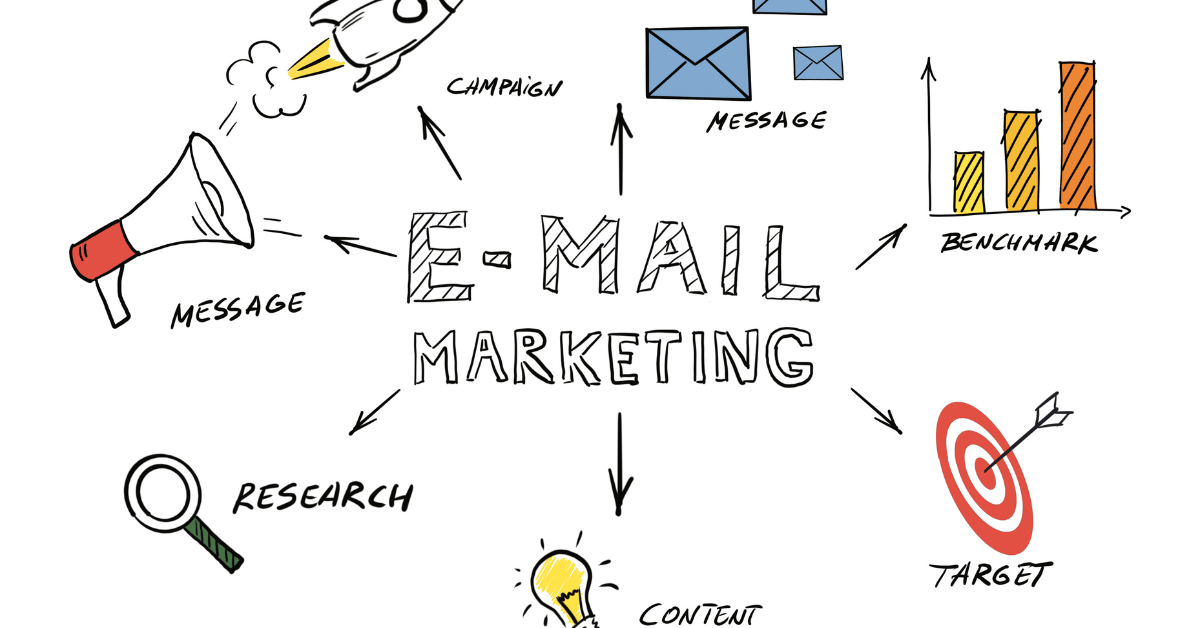
Marketing emails are an excellent tool for promoting discounts, special offers, or any sales happening on your website. Whether it’s the holiday season, a new product launch, or another exciting event, use it as a theme for your email campaign and send it to your subscribers!
Effective Email Campaigns
To create an impactful marketing email, incorporate bold text and engaging visuals that encourage readers to visit your website. Here are some strategies to enhance your email campaigns:
- Thematic Campaigns: Tailor your email campaigns around specific themes, such as holiday promotions, seasonal sales, or new product launches. This creates a sense of excitement and relevance.
- Visual Appeal: Use eye-catching images and graphics to make your emails visually appealing. Ensure that the visuals align with your brand and the theme of the campaign.
- Clear Call-to-Action: Include clear and compelling call-to-action (CTA) buttons that direct recipients to your website or specific product pages. Phrases like “Shop Now,” “Get Your Discount,” or “Explore New Arrivals” can be effective.
- Personalization: Personalize your emails by addressing recipients by name and tailoring content based on their past purchases or browsing behaviour. Personalized emails often have higher engagement rates.
- Exclusive Offers: Create special discounts or offers exclusively for your email subscribers. This makes your customers feel valued and appreciated, encouraging loyalty and repeat purchases.
- Bold Text: Highlight key information with bold text to make it stand out. This can include discount percentages, limited-time offers, or important dates.
- Engaging Content: Craft engaging and concise content that conveys your message clearly. Use a friendly and conversational tone to connect with your audience.
Example Email Structure
Here’s an example structure for an effective marketing email:
Subject Line: Catchy and enticing, e.g., “Exclusive Holiday Discounts Inside!”
Header Image: A visually appealing image related to the theme.
Greeting: Personalized, e.g., “Hi [Name],”
Introductory Text: Briefly introduce the offer or theme, e.g., “The holiday season is here, and we have special discounts just for you!”
Main Content: Highlight the key offers, using bold text for emphasis, e.g., “Enjoy up to 50% off on select items.”
Call-to-Action: Clear and prominent, e.g., “Shop Now” button.
Closing Text: Friendly and inviting, e.g., “Don’t miss out on these amazing deals. Visit our website today!”
Footer: Include contact information, social media links, and an unsubscribe option.
10. Sending a Newsletter to Market Your Product
Promoting products via email newsletters offers a more subtle approach compared to regular email campaigns, focusing on updates, inspiration, and education for your subscribers.
Utilizing Newsletters Effectively
When crafting newsletters for your email subscribers, consider these strategies to enhance engagement and build rapport:
1. Thematic Content: Develop newsletters around specific themes relevant to your brand. For instance, if you run a clothing brand, create a newsletter showcasing styling ideas or outfit inspirations using your products.
2. Frequency: Determine the best frequency for sending newsletters—whether weekly, monthly, or quarterly—based on your audience’s preferences and behaviors. Consistency helps maintain engagement and anticipation.
3. Compelling Headlines: Use eye-catching headlines that give a clear idea of what the newsletter offers. For example, “Spring Fashion Trends: Our Top Picks and How to Wear Them.”
4. Quality Content: Focus on delivering valuable content that your subscribers will find enjoyable and informative. Include tips, trends, behind-the-scenes insights, or customer stories that resonate with your brand’s identity.
5. Visual Appeal: Incorporate visually appealing images that showcase your products in different contexts or settings. High-quality photography and well-designed layouts can enhance engagement.
6. Call-to-Action (CTA): While newsletters are less sales-oriented, include subtle CTAs that encourage readers to explore your website, follow your social media accounts, or engage with your brand in other ways.
7. Building Relationships: Use newsletters to build a genuine connection with your subscribers. Share stories, milestones, or community initiatives that align with your brand values and resonate with your audience.
Authenticity and Brand Alignment
It’s crucial to maintain authenticity in your email marketing efforts. Stay true to your brand’s voice and values throughout your newsletters. Build trust by consistently providing valuable content and fostering a sense of community among your subscribers.
11. Participate in online communities and forums
Don’t just observe from the sidelines; actively engage in online communities and forums where your potential customers gather. Platforms like Reddit or Facebook Groups offer valuable opportunities for authentic interactions and word-of-mouth promotion without coming across as overly sales-focused.
Engaging in Online Communities
Imagine you’re selling fitness gear. Here’s how you can effectively engage in relevant online communities:
1. Join Relevant Forums and Groups: Seek out forums, Reddit threads, and Facebook Groups where fitness enthusiasts share tips and discuss gear. These communities are ideal for building connections and establishing your brand presence.
2. Contribute Expertise: Participate in discussions by offering valuable advice, sharing workout tips, and contributing your expertise. Establish yourself as a knowledgeable member of the community, genuinely interested in helping others achieve their fitness goals.
3. Subtle Product Mentions: When appropriate, subtly mention how your fitness gear can enhance their workout experience. For example, if someone asks for recommendations on the best running shoes, you can suggest your brand’s shoes and explain their benefits without sounding pushy.
4. Build Trust and Credibility: Focus on building relationships and gaining trust. By consistently providing helpful insights and contributing positively to discussions, you position yourself as a trusted authority in your niche.
5. Avoid Hard Selling: The goal is not to aggressively sell but to engage authentically. Let your participation and contributions speak for themselves. Over time, as community members recognize your expertise and value your contributions, they will naturally become curious about your brand.
Cultivating Community Value
By actively participating in online communities and forums, you can organically raise awareness about your products and establish a positive reputation. Remember, the key is to add value, build relationships, and become a respected member of the community. This approach not only increases brand visibility but also fosters long-term customer loyalty and advocacy.
Final Thoughts: 11 Effective Ways to Market a Product
By now, you likely have some strategies brewing for marketing your products or are ready to explore new promotional channels. Remember, when it comes to product marketing, the possibilities are nearly limitless as long as you listen to your customers and uphold your values.
By integrating these principles into your marketing approach, you can make the planning and execution phases more engaging and rewarding. Stay open to new ideas, adapt based on feedback, and stay true to your brand’s values and vision. This approach not only enhances your marketing effectiveness but also enhances your overall enjoyment of the journey.

